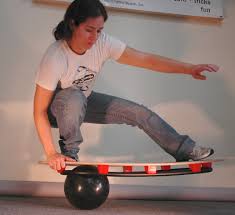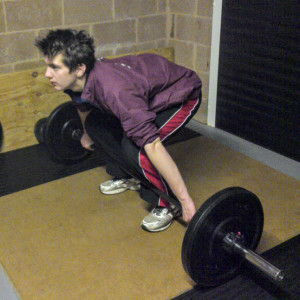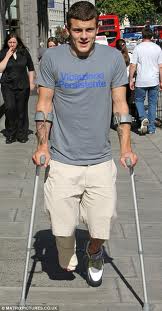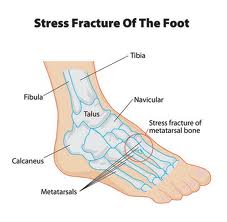Why are you still using the plank?
Leave a CommentWhy are teachers and coaches still using the plank?

I have no idea when this exercise was introduced but, much like the Grey Squirrel, it has eliminated its predecessors and become the dominant species.
I was coaching my ‘Strength and Co-ordination’ group last night and I asked them if they did the plank at school and how teachers progressed the basic exercise.
Archie: “They get us to run laps in between.”
Oliver: “They just make us do it for longer.”
At some point, these teachers will go on a conference where words like ‘disengaged’ are used.
Progressing Core Training

I never use the plank when coaching, repeat never. I would lose any last shreds of integrity if I asked the children to do a pointless busy work task that I myself would never do.
Instead, we do bracing combined with movement.
Last night, the ‘core training session plan looked like this:
A: Discuss plank, why do we use it. What does it look like?
B: Show front support, side support, back support as a more challenging task. Ask them why it is more challenging.
C: Show heel slides (we use these frequently) and show it relates to the supports.
D: Split into pairs, ask them to come up with a similar sequence for squats. Come up with the simple variant, the intermediate variant and the CRAZY variant.
E: Get them to show each other and ask when they might use each. E.g. coming back from injury do the simple task.
They set the sets and reps.
What we got from this was:
1: Decision making
2: Interaction with peers, including discussion, demonstration, corrections and feedback (and laughter).
3: Imagination and creativity.
4: Autonomy and leadership.
5: Quite a lot of strength work in a short time, without me having to tell them to ‘work harder.’
Conclusion:
None of this looked ‘perfect’, yet the athletes were doing the work themselves. I gave them hints and a framework, they cracked on with the task.
If you are a p.e. teacher or sports coach prescribing the plank, ask yourself “What could I do better?”
If you are interested in learning more about this type of Foundation Strength training, we have 17 spaces left on the GAIN Deep Dive with Vern Gambetta, in Uffculme, Devon in January 2020.




 They both suffer from stress fractures!
They both suffer from stress fractures! Stress fractures are often difficult to diagnose. Many athletes will have continued with their sport for many months before seeking medical attention. Some key things to consider are:
Stress fractures are often difficult to diagnose. Many athletes will have continued with their sport for many months before seeking medical attention. Some key things to consider are: A study was published by Bruce Rothschild and other palaeontologists back in 2001 which studied and confirmed the presence of stress fractures in Theropod dinosaurs.
A study was published by Bruce Rothschild and other palaeontologists back in 2001 which studied and confirmed the presence of stress fractures in Theropod dinosaurs. Two weeks ago I made my first stab at mowing the lawn. After a mild winter, it has grown quite a bit and my Flymo was not up to the task. It soon overheated.
Two weeks ago I made my first stab at mowing the lawn. After a mild winter, it has grown quite a bit and my Flymo was not up to the task. It soon overheated.